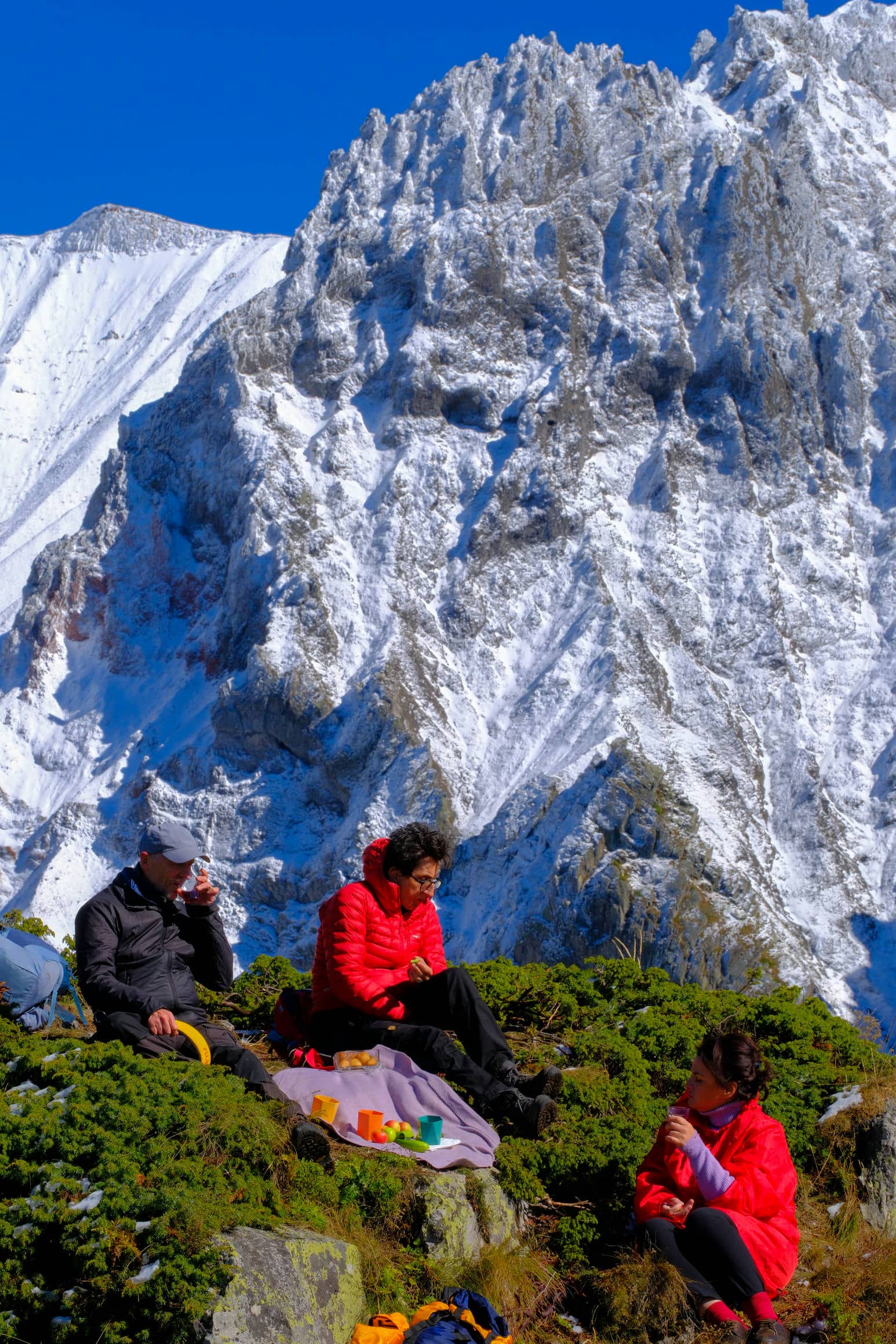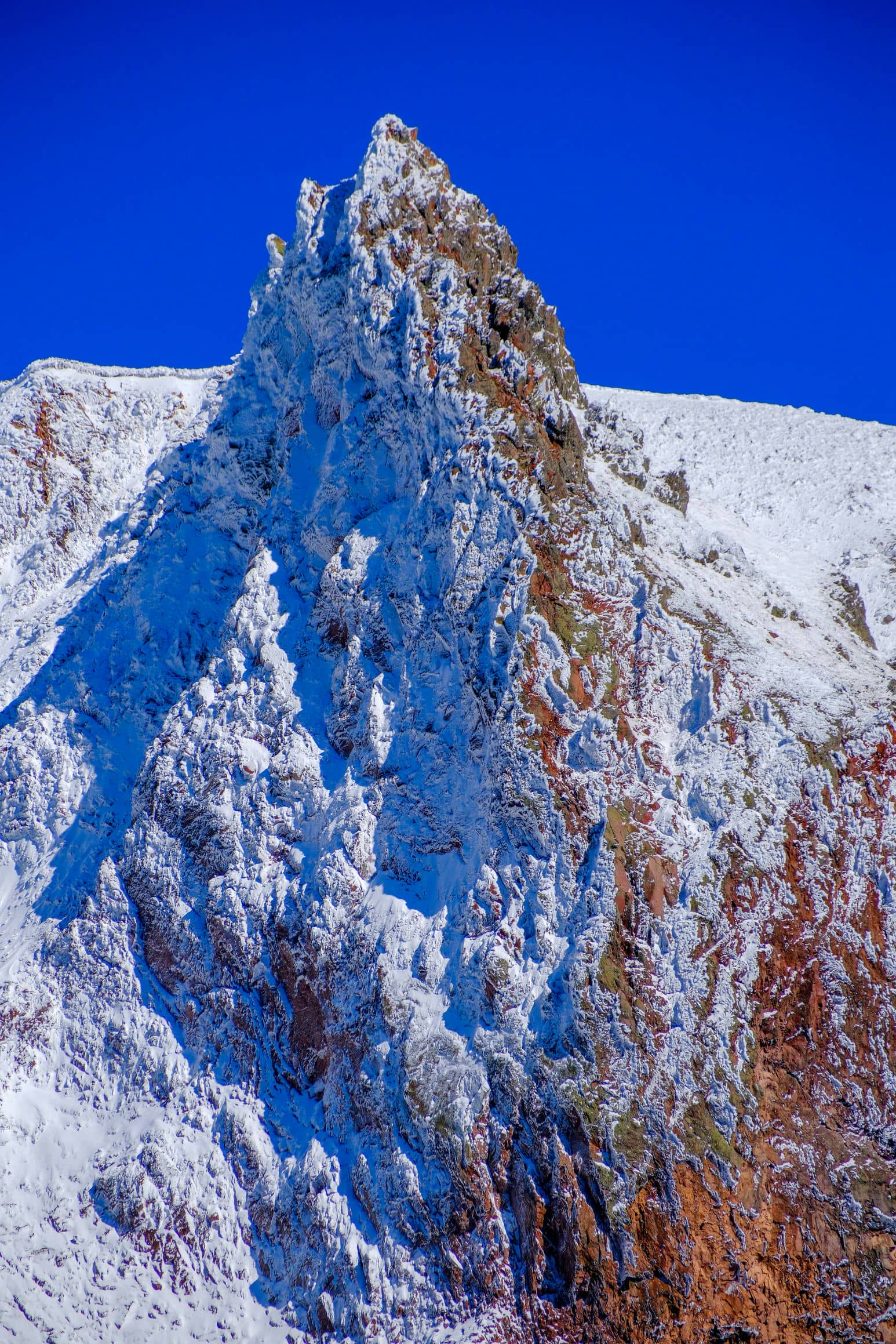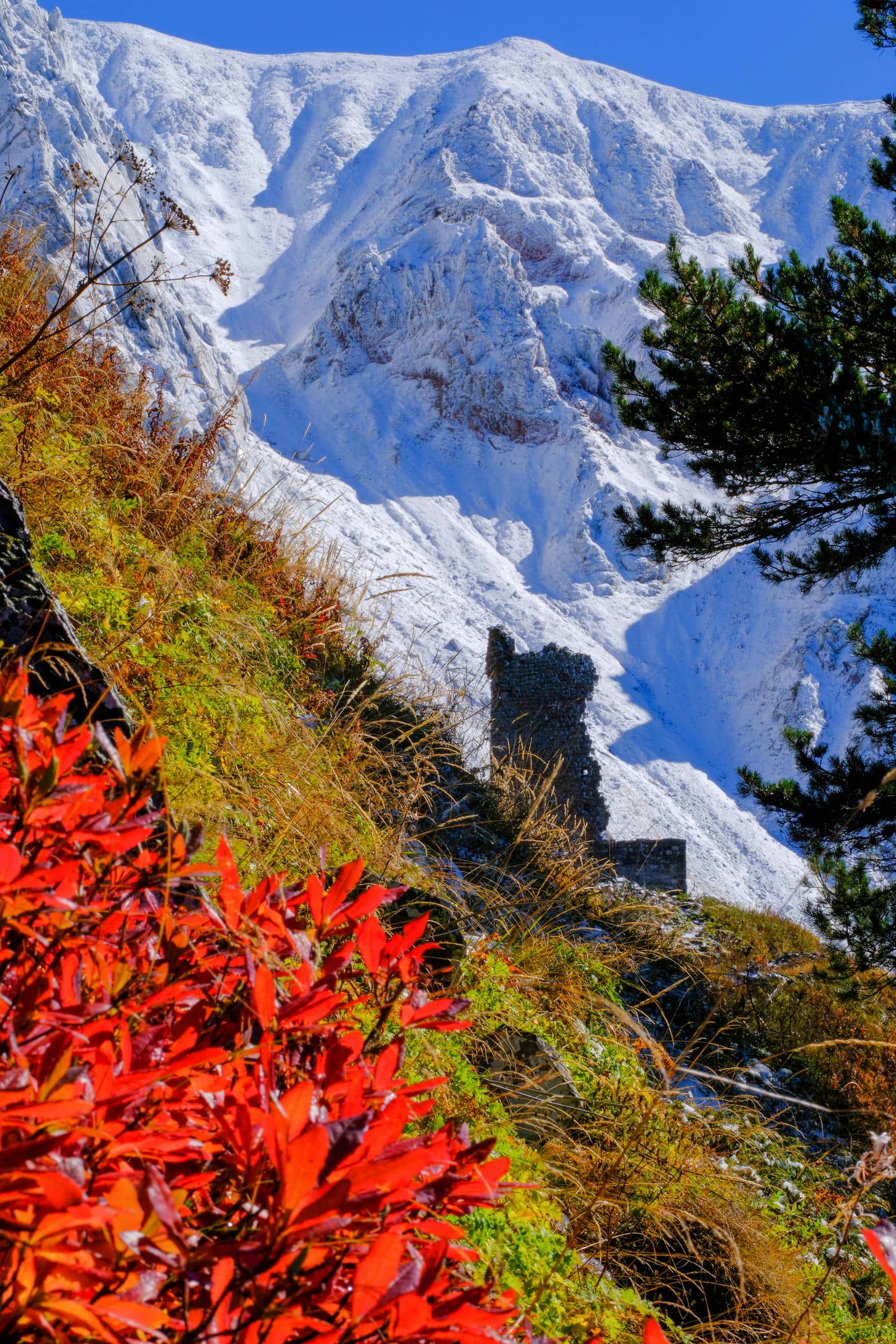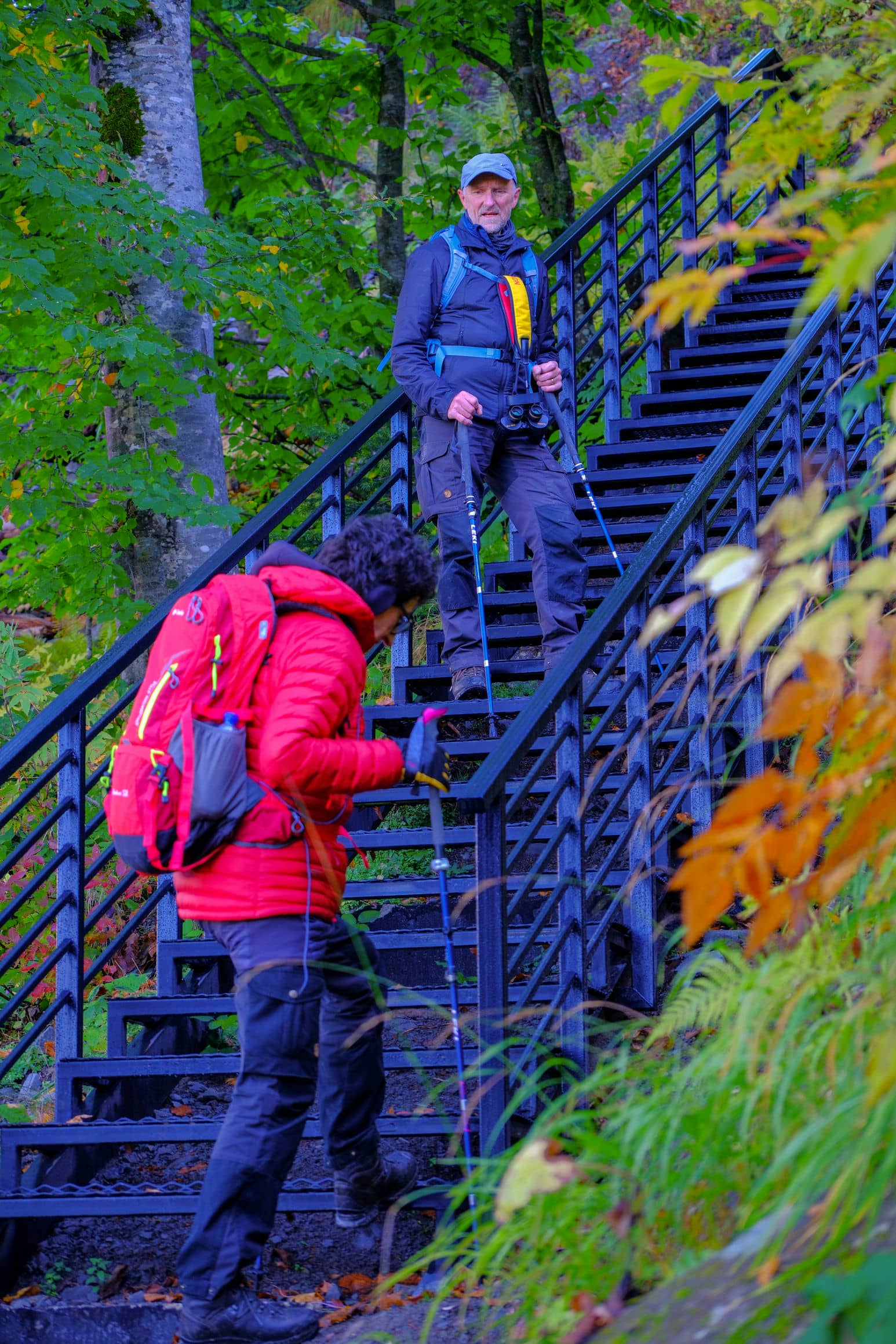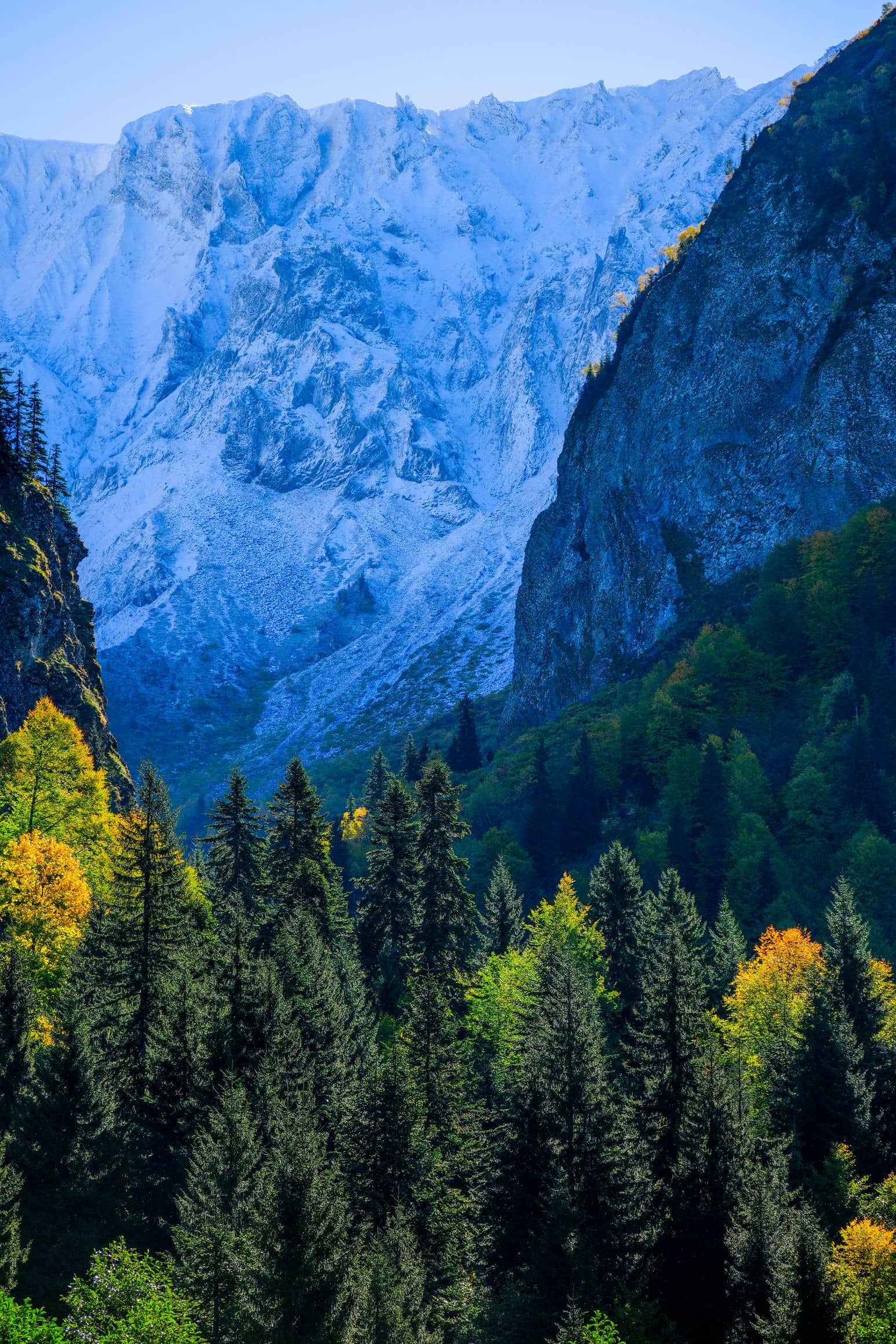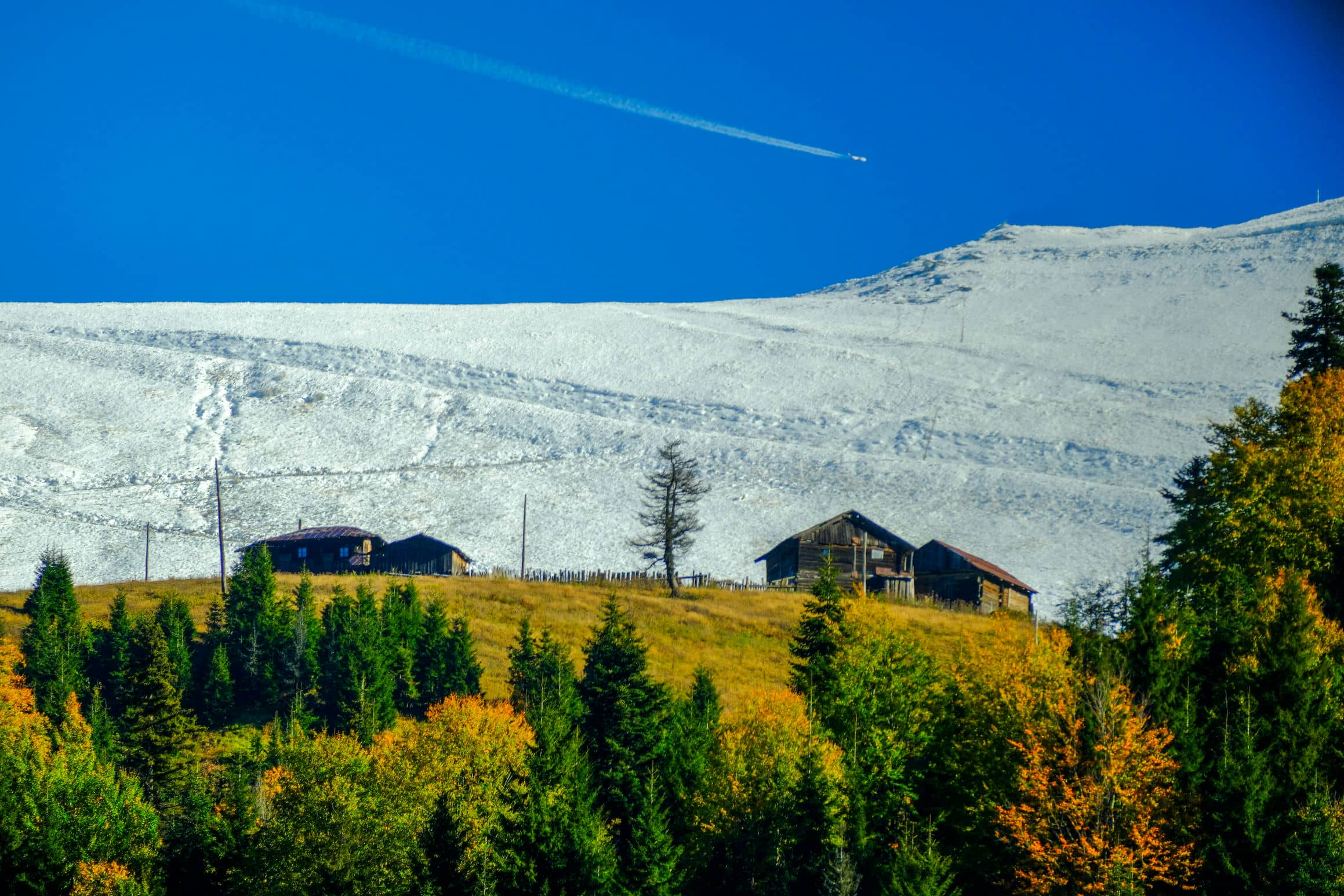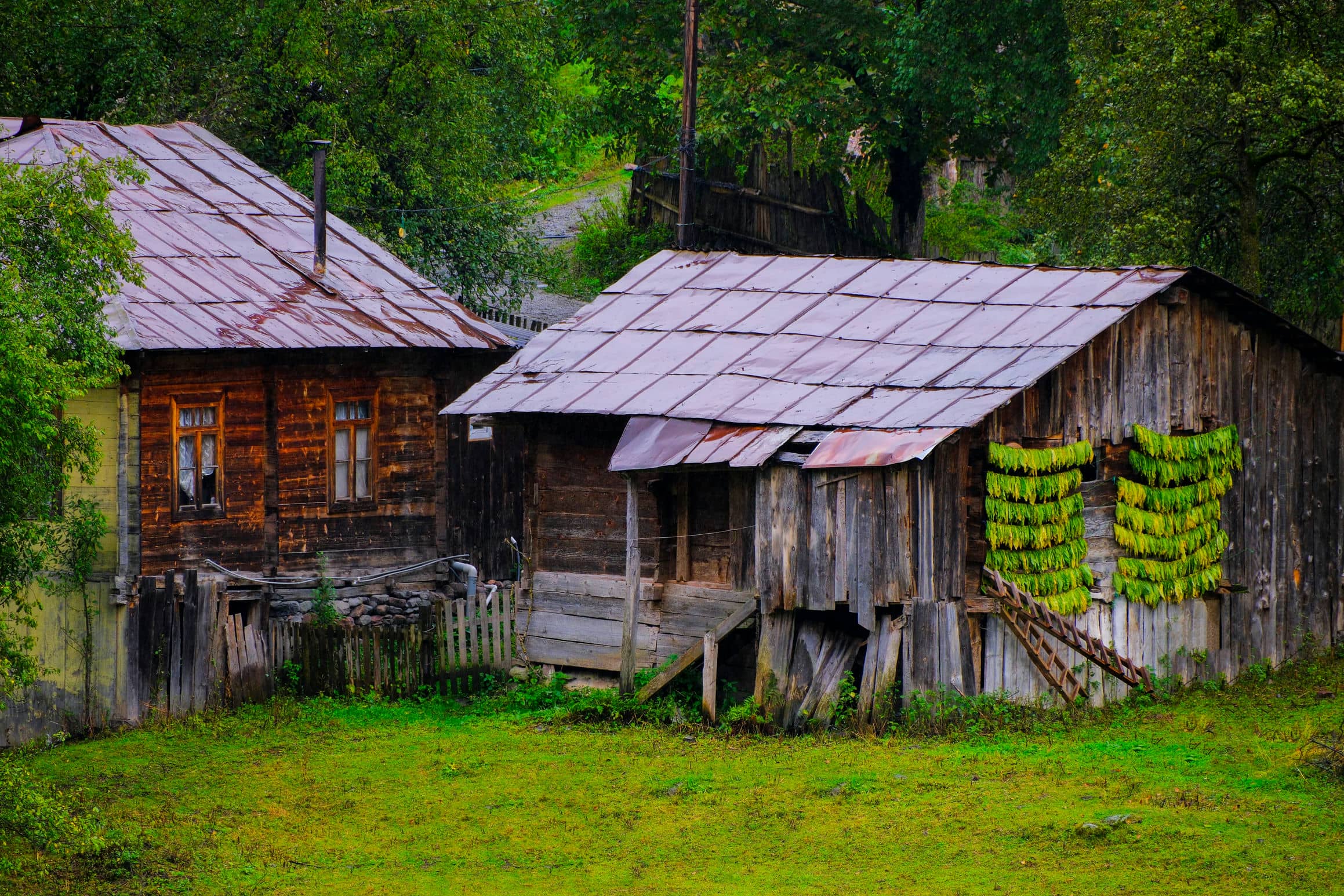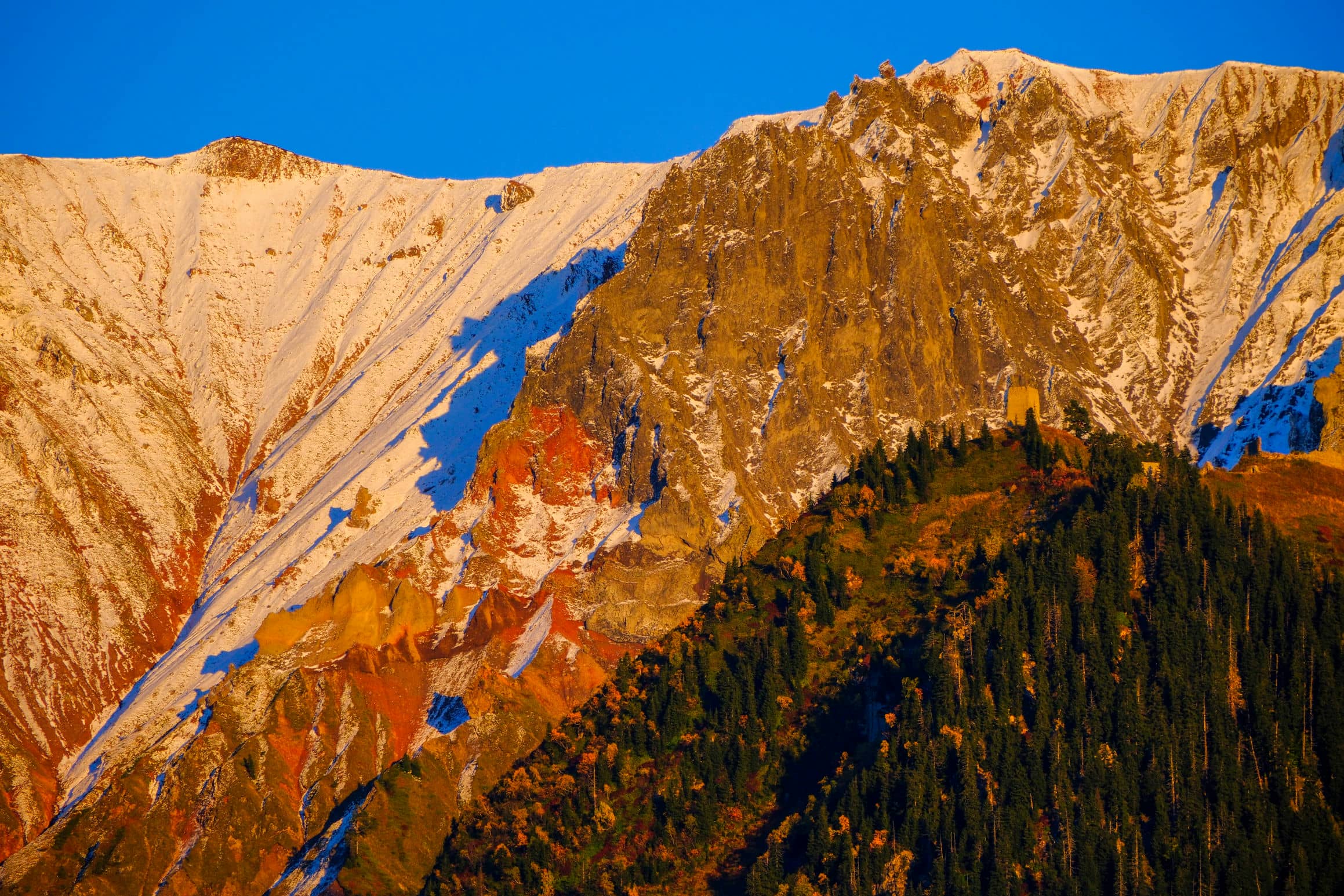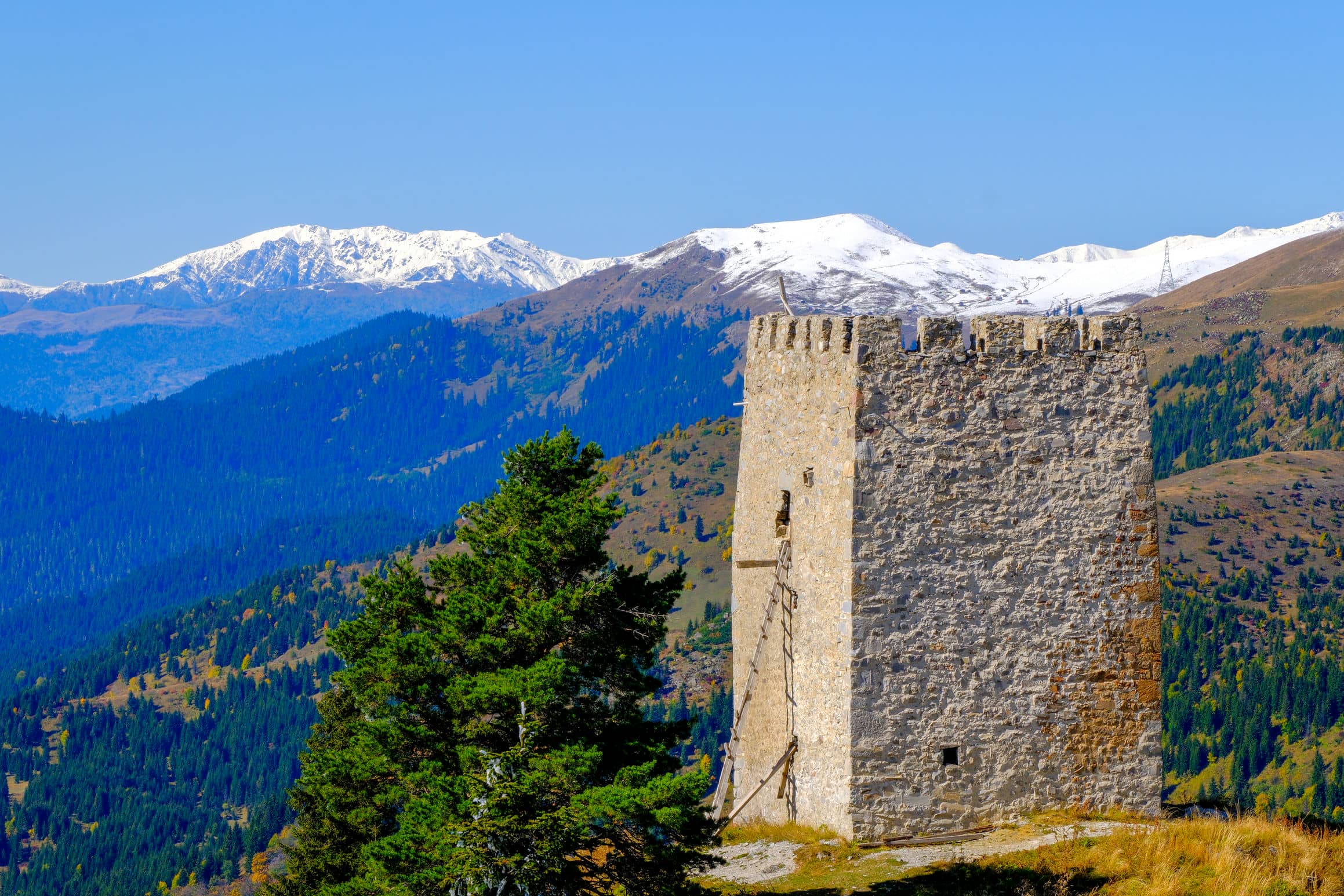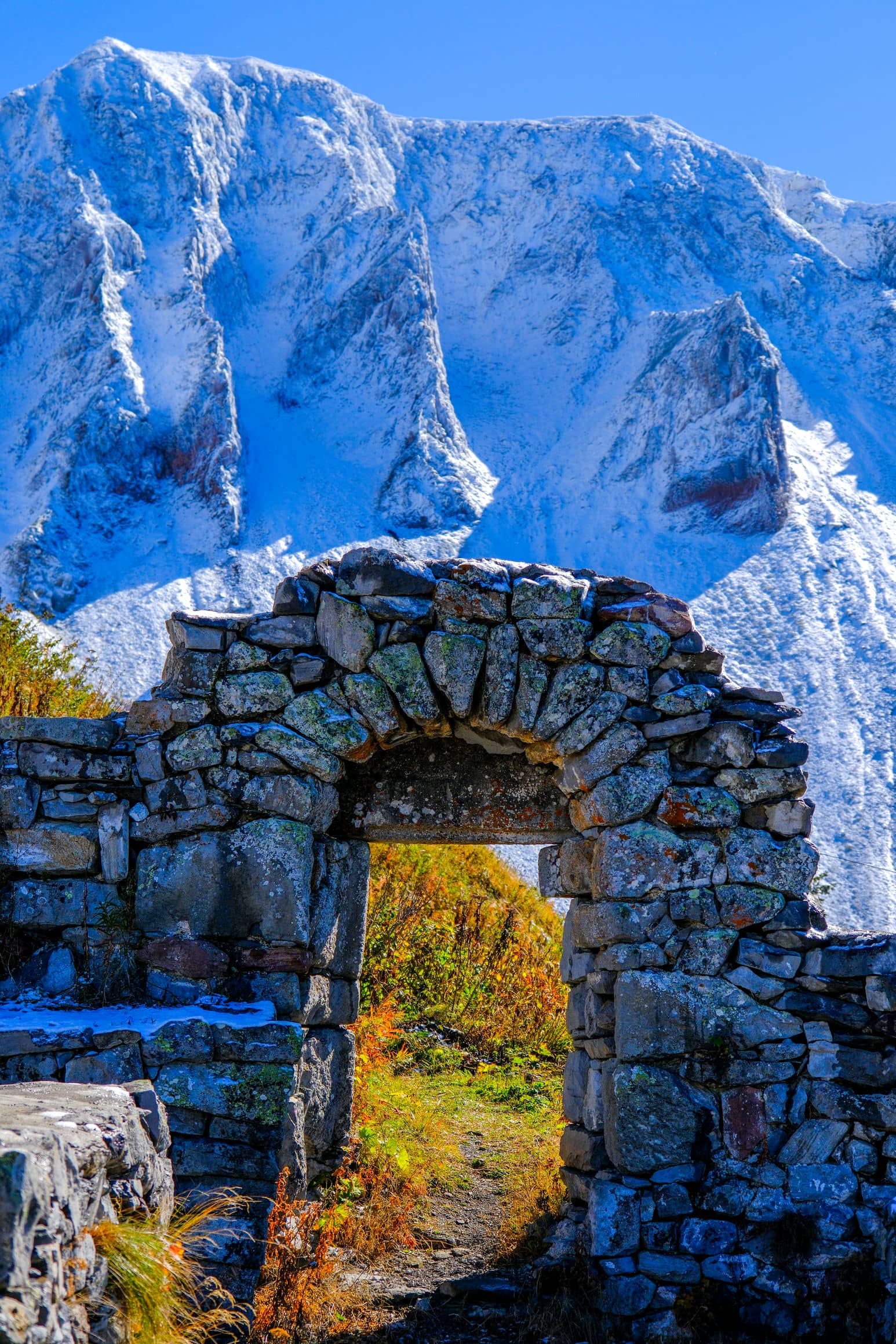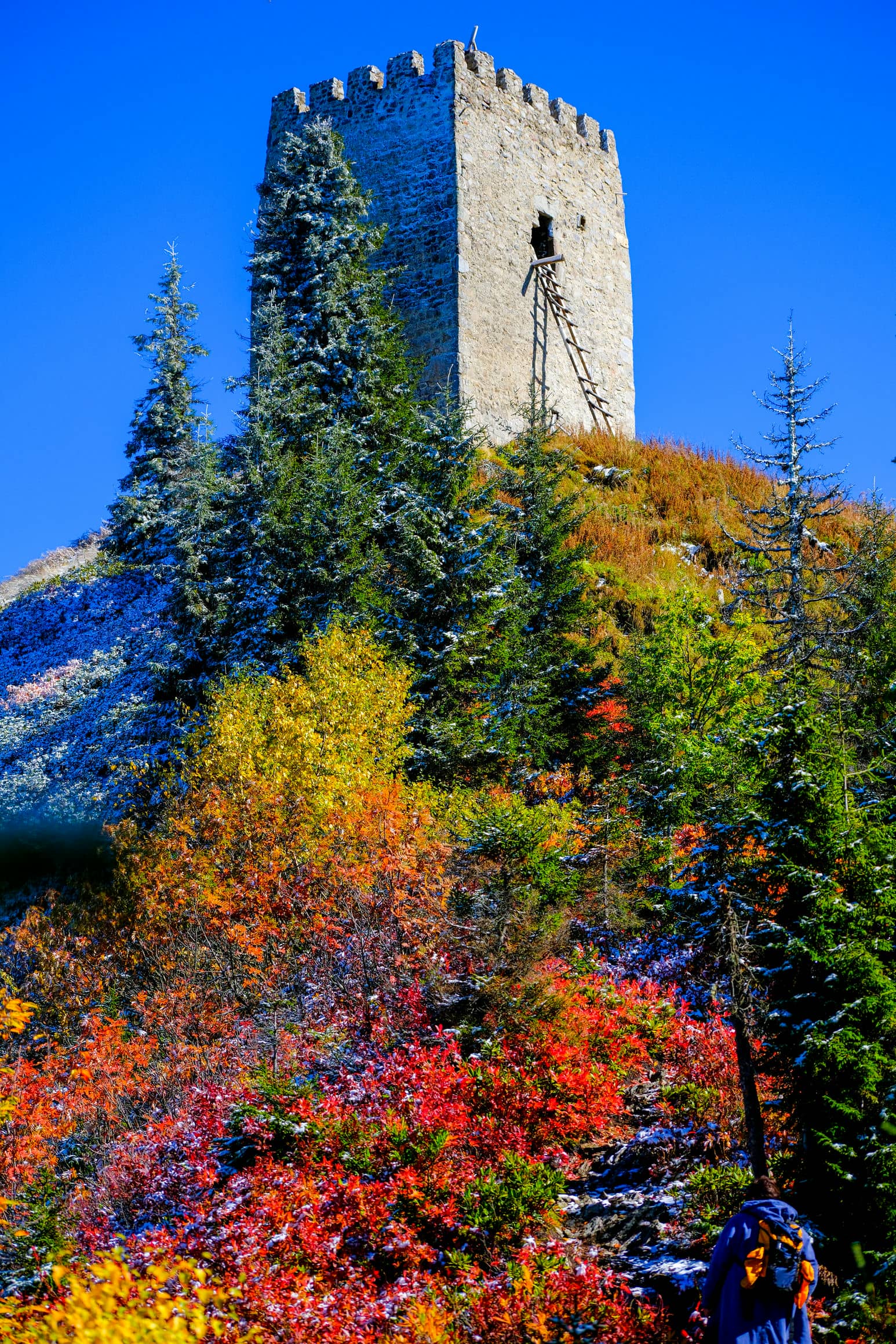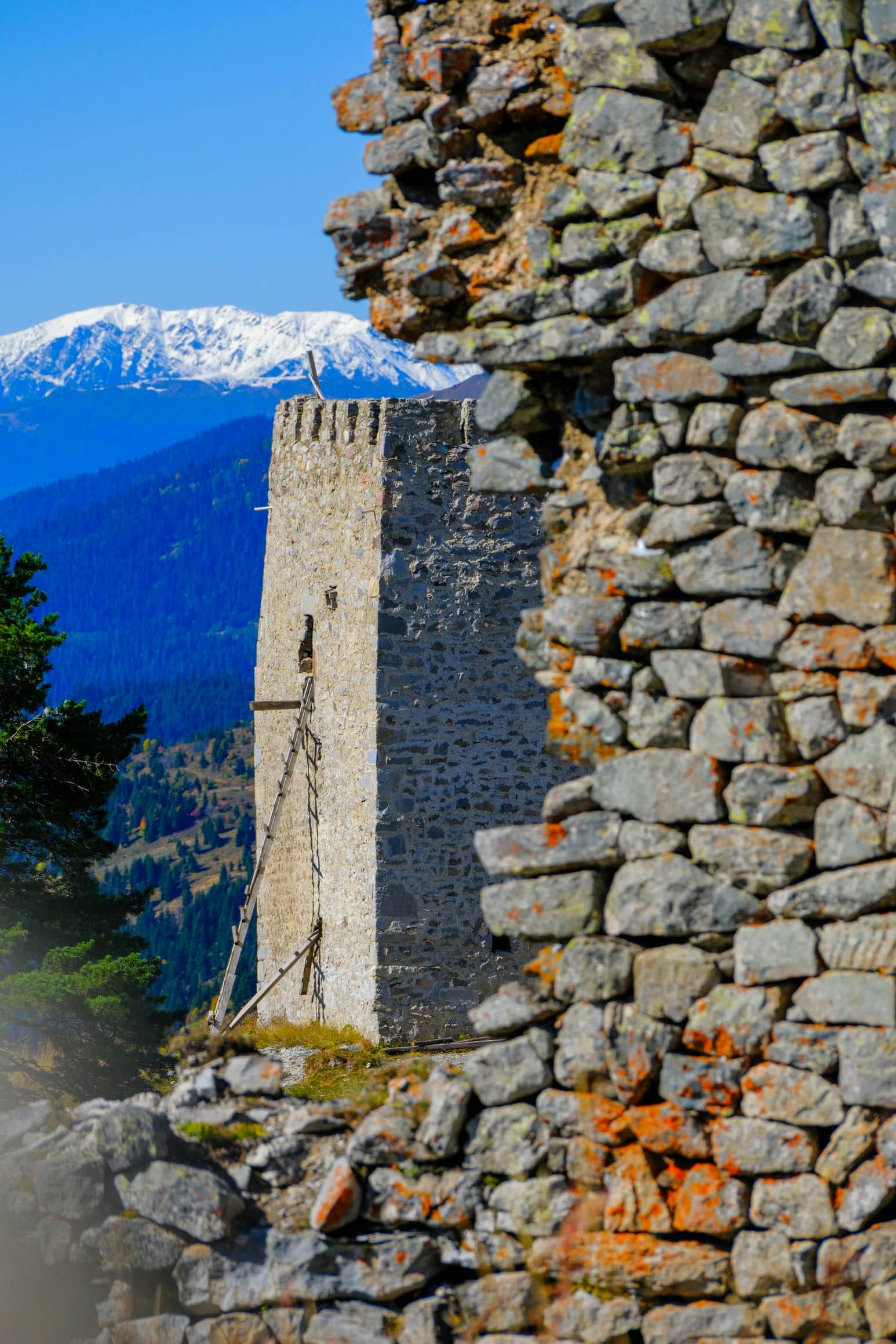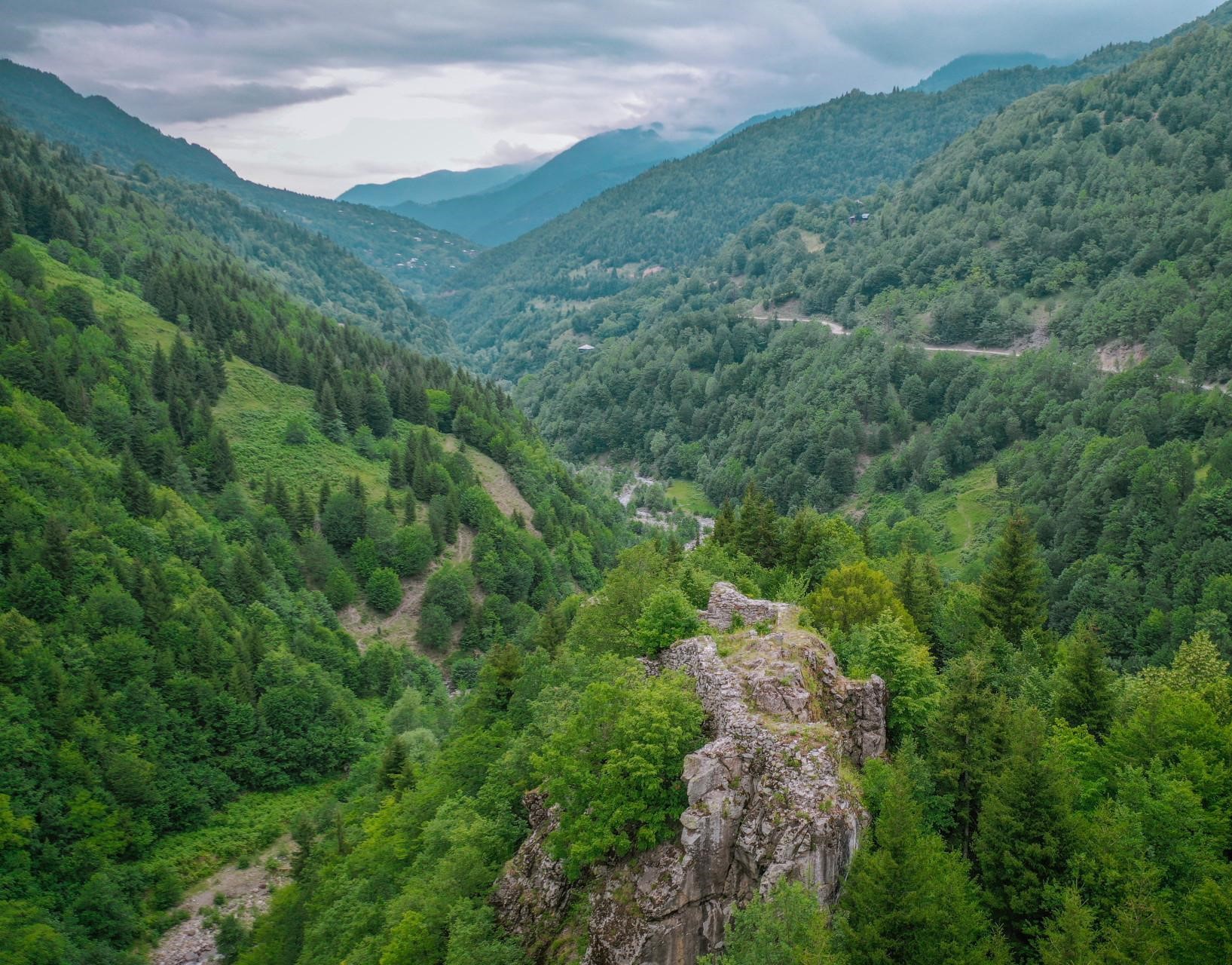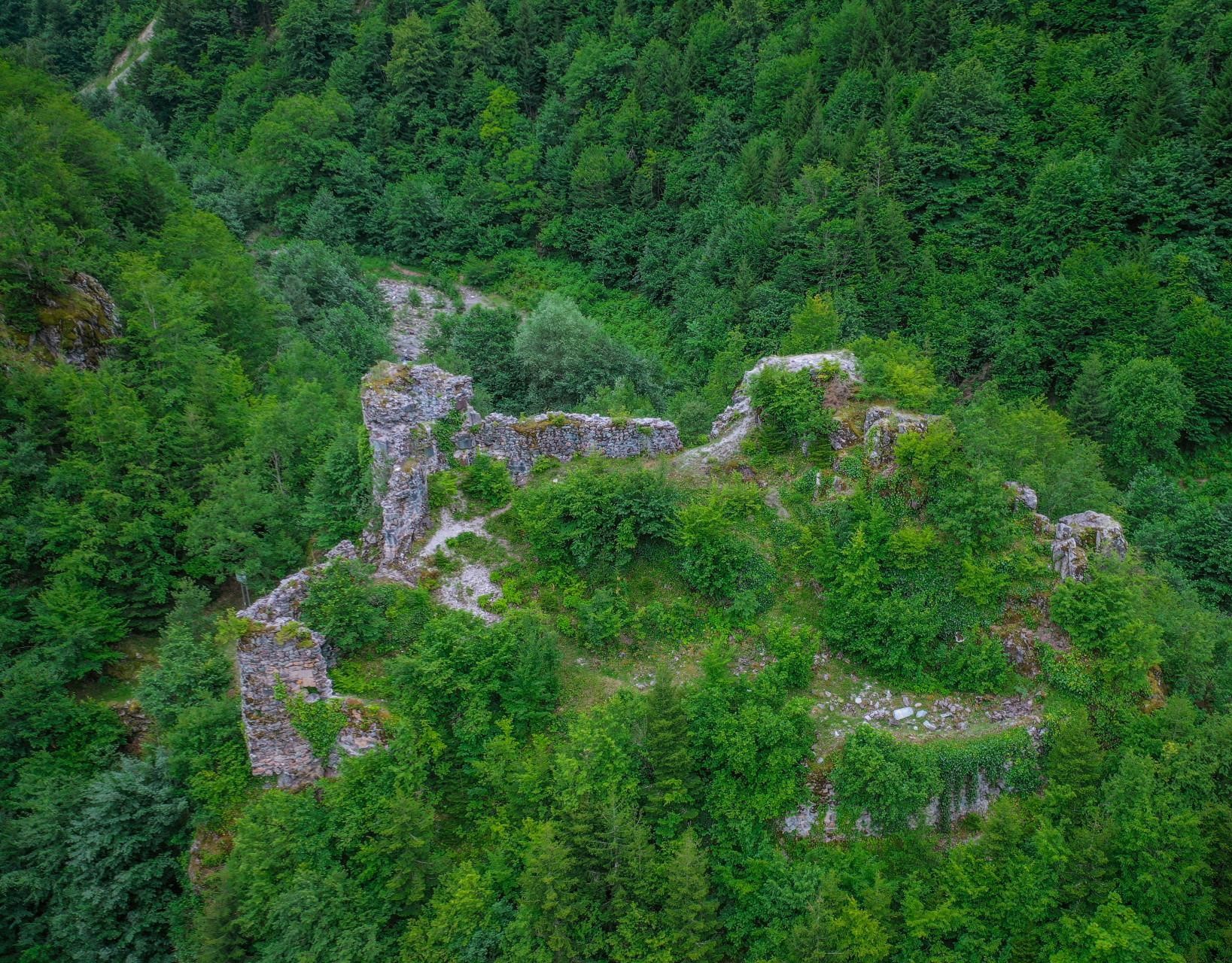The Khikhani Fortress, also known as Khirkhati Fortress, is located in the Tkhilvani village of the Khulo municipality at an elevation of 2236 meters above sea level. The fortress is surrounded by walls on all sides, except for the southeast side, which features a walkway. Its natural protection and strategic positioning make it an impressive historical site.
Archaeology
The Khikhani Fortress, built for military purposes, dates back to the 11th and 13th centuries. The castle complex covers an area of one hectare. Archaeological excavations revealed the presence of an ancient fence, four towers, an 11th- to 13th-century castle, a church, a well, and a 43-jar wine cellar within the fortress grounds. The cellar was destroyed during the Turkish invasion in 1191. Tbel Abuserisdze built a new one in the 13th century, which included 28 wine jars. On the fortress's territory, archaeologists also found residential buildings dating back to the 17th and 18th centuries, as well as remnants of a battle of 1815, including three different caliber cannon shells.
History
Historical sources do not provide any information about the construction date of the Khikhani Fortress. Some academics believe that it was built between the tenth and thirteenth centuries. This belief is supported by historical documents indicating that Bagura, the wife of Tbel Abuserisdze, played a major role in completing the construction of the fortress.
In the 11th to 16th centuries, the Khikhani Fortress served as the primary residence of the feudal lords, the Abuserisdzes. A notable member of their family was the 13th-century scholar Tbel Abuserisdze, who was a Georgian prose writer, hymnographer, bibliophile, and astronomer. The Abuserisdzes, feudal lords of Khikhati, were known for their close ties to the royal court and their loyalty to the king in the fight for the unity of Georgia. In addition to the Khikhani Fortress, the Abuserisdzes also owned three other important castles: Artanuj, Tsikhisjvari, and Atskhuri.
In 1191, the Khikhani Fortress fell into the hands of Guzan Abulasanisdze'ssupporters and passed to the Turks. At the behest of King Tamar and David-Soslan, Abuser and Sanano Abuserisdzes saved the Khikhani from the enemy. During the Khvarazmian invasion, Tbel Abuserisdze oversaw the completion of the Fortress construction, expanding it and restoring Saint George's church and the ruined wine cellar. By the 16th century, following the invasion by the Ottoman Empire, the fortress and the church had been abandoned. Among the rescued relics is Tbel Abuserisdze's manuscript (A-85, 1233). In 1815, the Khikhani Fortress served as the battleground for the Akhaltsikhe’s Phasha - Selim Khimshiashvili, whom the Ottomans confronted with an army of 15 thousand soldiers. The fortress eventually fell on the 3rd of June. Even though Selim Khimshiashvili was captured by the Ottomans and executed, his prediction that "Georgia will not belong to the Ottomans forever" soon came to pass, and Adjara was returned to Georgia in 1878.
Legends and sayings
According to reports, the Khikhani Fortress has numerous hidden underground passageways. It allowed its occupants to communicate with the outside world during blockades and other emergencies. These routes included rivers that supplied water and neighboring regions like Potskhovi and Samtskhe, Velistsikhe, Zarzma, and Skhalta monasteries.
Technical information
Thousands of tourists visit the Khikhani Fortress each year. The distance from Batumi is roughly 125 kilometers. Any kind of transportation can get you there because the road has been fully restored. The slope that needs to be walked is just one kilometer long. The track was also recently restored. It is pretty steep, with 254 steps. There are fourteen ladders along the path to help with mobility in more difficult areas. Even so, the ascent requires some physical preparation because the elevation can be uncomfortable for some. There are resting benches, arbors, and observation platforms along the path that leads to the Fortress, and these features offer breathtaking views of the entire gorge.
How to get there:
Minibuses that go to Khikhadziri from the old Batumi bus station
Batumi - Khikhadziri daily at 10:00.
Khikhiadziri - Batumi at 09:00
Fare: 8 GEL
From the Khikhakhziri village to the foot of the mountain on which the Khikhani fortress is located, you will have to walk on foot, or rent a jeep (50-60 GEL). The last stop is a picnic area, from where you have to hike uphill 1.5 km to the fortress.
